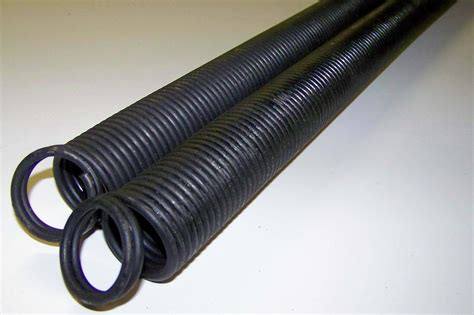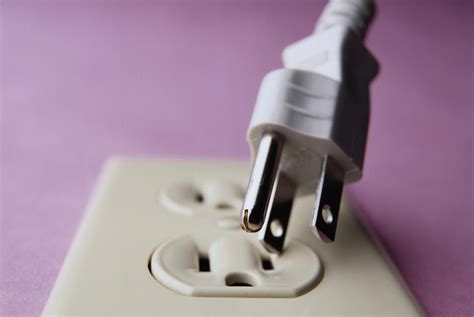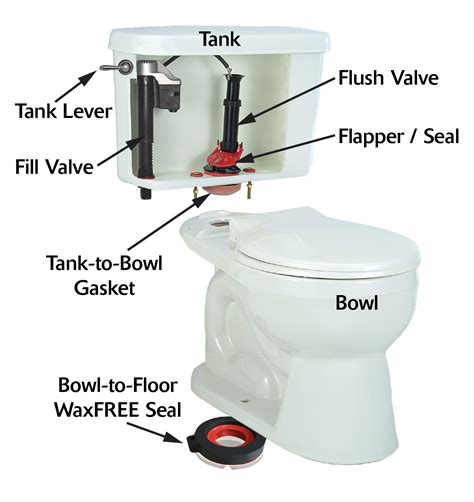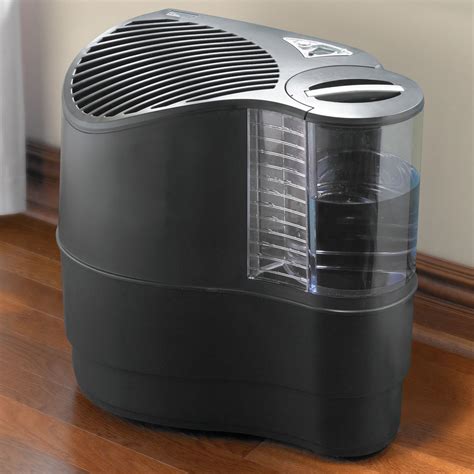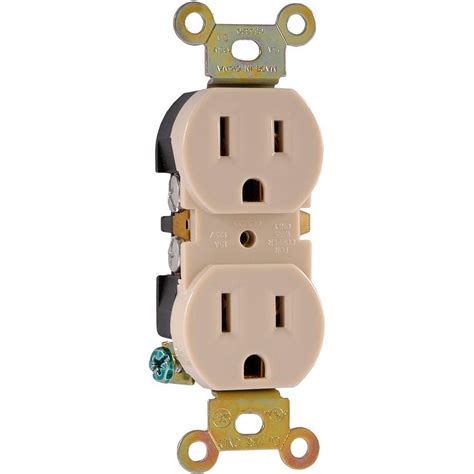Bob Formisano is a certified architect and builder who boasts nearly four decades of expertise in constructing new residences and renovating historic properties. He is particularly skilled in restoring outdated systems from the 1920s, such as galvanized plumbing and knob-and-tube electrical wiring. For over a decade, he has contributed articles on home repairs.
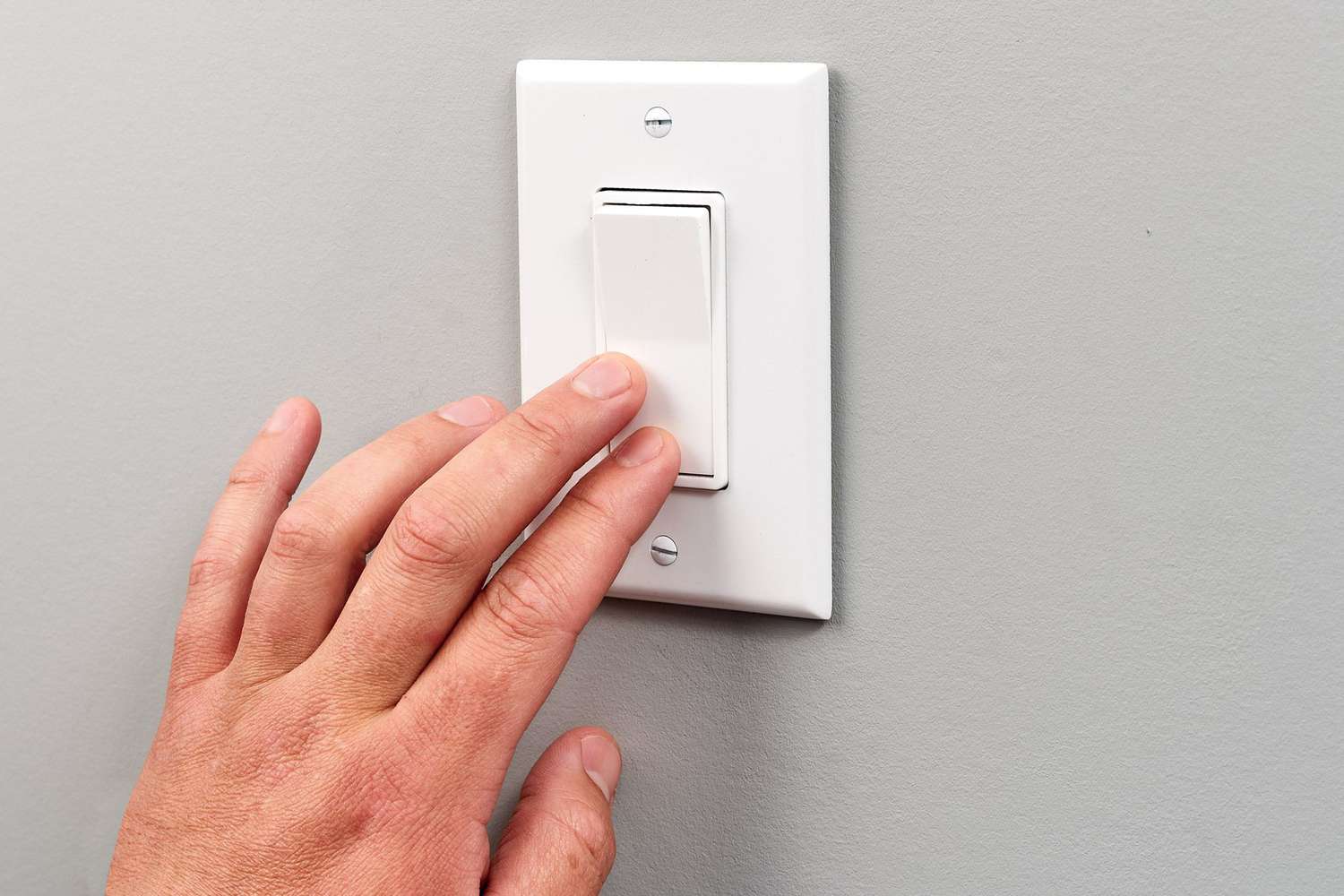
Warning
If a switch emits noticeable buzzing sounds or feels warm when touched, it is crucial to address the issue right away by turning off the circuit breaker. This type of switch may present a fire risk and should be replaced without delay.
Inspect the light bulb or the electrical socket.
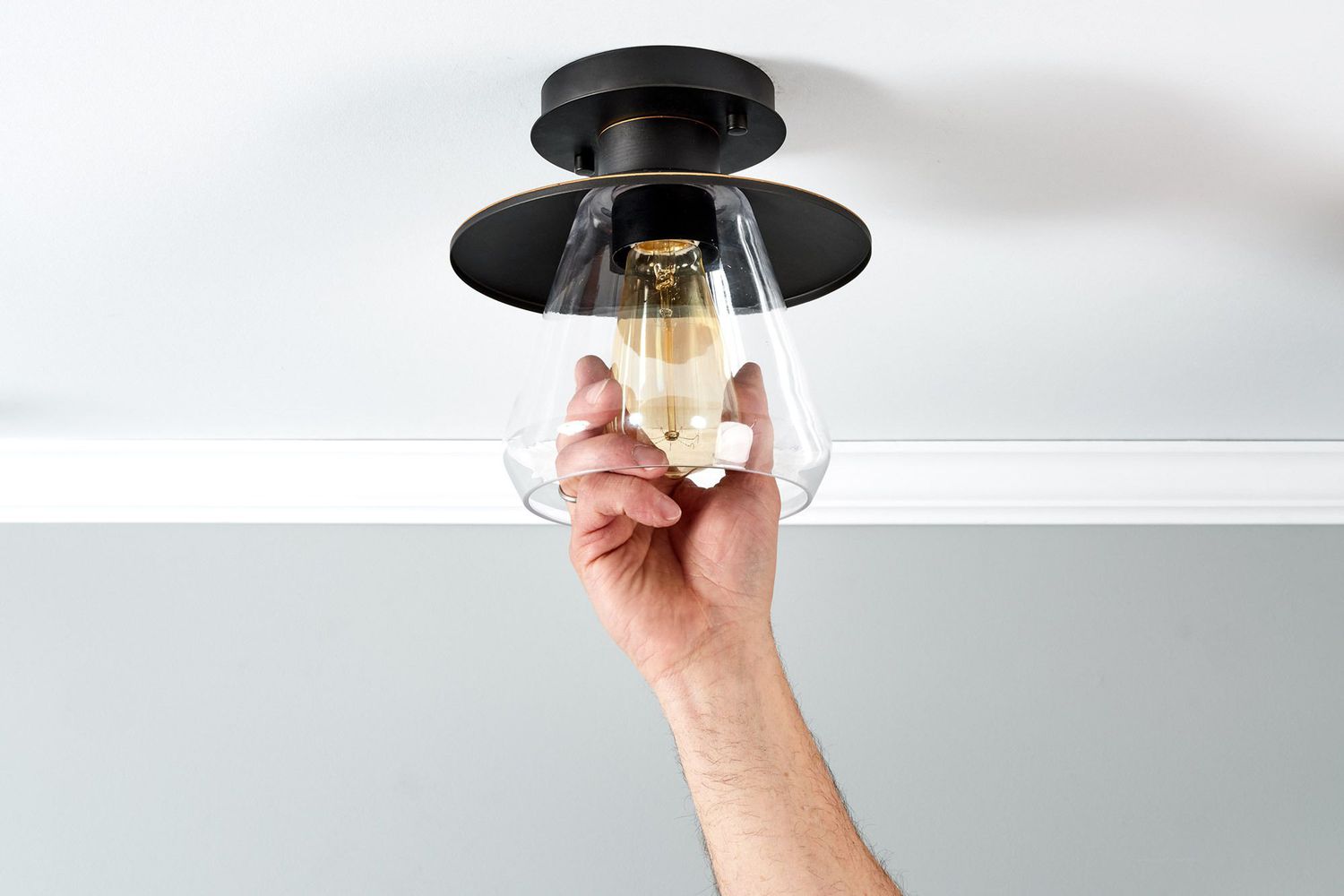
If you don’t see any clear signs of damage or issues with the switch, start by eliminating the simpler possibilities: Check that the light fixture has functioning bulbs, or ensure that the lamp or device connected to the switch-controlled outlet is operating properly. There’s no point in replacing a wall switch if the issue is merely a burnt-out light bulb.
Inspect the circuit breaker; turn off the electricity.
A malfunctioning switch circuit might just be due to a tripped circuit breaker or a blown fuse. Start by checking the electrical service panel to find the breaker or fuse. If the breaker has tripped, simply reset it; if the fuse has blown, replace it with a matching one. If these actions do not resolve the issue, the next step is to examine the wire connections and the switch in greater detail. However, ensure to turn off the power to the circuit by either switching off the breaker or removing the fuse before proceeding.
Tip
An unaddressed short circuit in a light switch can pose a significant risk. It might be necessary to hire a licensed electrician to resolve the issue.
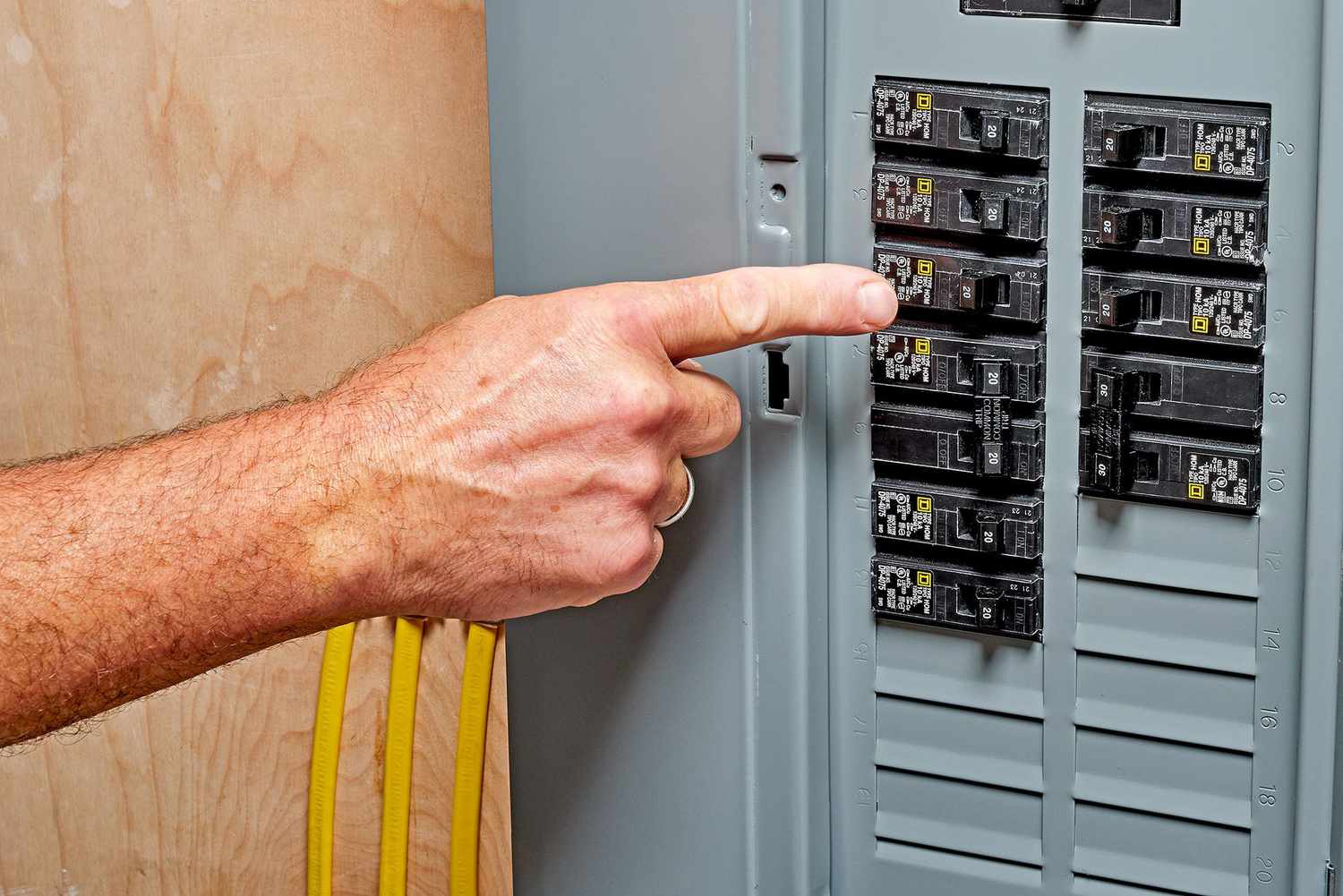
Assessment of Strength
Gently detach the wall cover plate by unscrewing it to gain access to the switch for inspection. Utilize a non-contact voltage tester to confirm that the wires linked to the switch are not energized. The tester will illuminate when brought close to the wires or the switch’s screw terminals if a live current is detected. Always ensure that there is no current before touching any wires.
Examine the Wire Connections
Shine a flashlight into the electrical box to inspect the condition of the wire connections. If you find any faulty connections, reconnecting them to the switch might resolve the issue. If there are any loose circuit splices within the box, utilize wire connectors to fasten them securely. After addressing the loose connections, carefully place the switch back into the electrical box, reattach the cover plate, and restore power to the circuit. Check to see if the switch functions correctly. If the issue continues, switch off the circuit power once more and get ready to remove and examine the switch itself.
Tip
Issues with wire connections at the light fixture can occasionally lead to malfunctions. If the switch and its wire connections appear to be in good condition, inspect the circuit wire connections at the light fixture.
Disconnect the Switch.
If the issue persists after the initial troubleshooting, take out the switch from the electrical box, ensuring once more that the power is turned off. Next, detach the switch from the circuit wires. Typically, this involves loosening the screws that hold the wires in place. In some cases, switches may be connected to the circuit wires using push-fit connections, in which case you will need to use a small nail or screwdriver to access the release slots and disconnect the wires.
Continuity Assessment Test
Utilize a battery-powered continuity tester to examine the functionality of the switch. Should the switch be defective, replacing it with a new wall switch is the most effective solution.
Change the Switch
- Remove the screws that secure the faceplate to the light switch enclosure.
- Remove the screws located at the top and bottom that secure the light switch to the electrical box.
- Disconnect the wires from the switch, ensuring to remember their arrangement for the installation of the replacement switch.
- If there is enough wire length available in the box, cut the wire ends and strip them again to create clean ends that are more manageable.
- Connect the wires to the new switch.
When to Seek Professional Assistance
The majority of issues with light switches are easy to diagnose and resolve. However, if your attempts to repair the switch have not been successful, the issue might lie with the wiring within the walls, or other appliances could be disrupting the electrical flow. It’s advisable to have a professional electrician examine the switch.
Can light switches wear out over time?
Light switches can fail, particularly if they are not properly matched with the electrical current. However, standard toggle switches typically do not experience burnout.
What could be the reason for my light switch malfunctioning even though the circuit breaker hasn’t been tripped?
The light switch might be malfunctioning despite the breaker being intact due to a burnt or improperly seated bulb, loose wiring connections to the switch, or a defective light fixture.
Can malfunctioning light switches pose a risk of fire?
Defective light switches pose a risk of fire, particularly when they are improperly wired, feature loose connections, or experience a short circuit.

